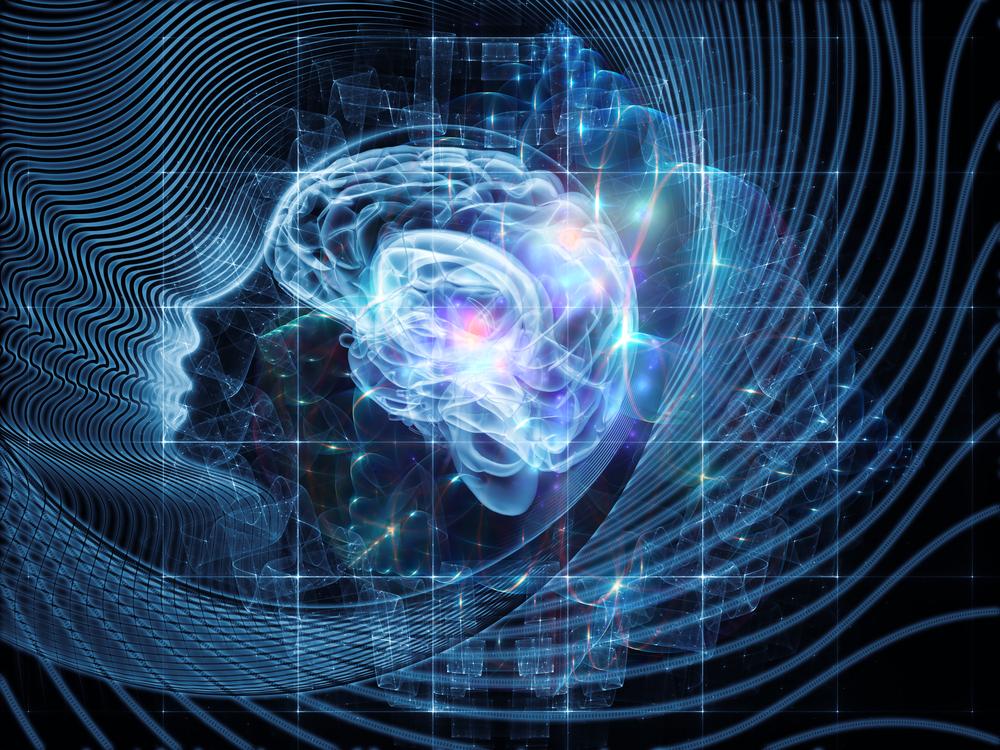The Brain on LSD: New Scans Show Drug's Trippy Effects

From hallucinations to a loss of your sense of self, the effects of taking a drug such as lysergic acid diethylamide (LSD) have been known for some time. But now, new research sheds light on exactly what happens in the brain when someone takes a psychedelic.
Taking LSD leads to increases in activity in the visual parts of the brain, which helps to explain the visual hallucinations associated with taking the drug, according to the new study, published today (April 11) in the journal Proceedings of the National Academy of Sciences.
The researchers also found that LSD appears to reduce connectivity (in other words, how much the neurons "talk" to each other) in parts of the brain that are believed to be linked to a person's idea of "self," according to the study. [Trippy Tales: The History of 8 Hallucinogens]
These results reveal how LSD can alter a person's consciousness so profoundly, said Robin Carhart-Harris, a research associate in neuropsychopharmacology at Imperial College London and the lead author of the study.
"Before now, we just knew that [LSD] did [alter consciousness], but we didn't know how" it did, Carhart Harris told Live Science.
For the study, the researchers recruited 20 healthy volunteers. The participants were given either LSD or a placebo, and then underwent two series of brain scans. One scan showed where blood was flowing in the brain, and the other showed electrical activity in the brain. Then, two weeks later, the participants returned for the same types of scans, but the people who were given the placebo the first time received LSD, and vice versa, according to the study. (This type of research would not be possible in the United States, where giving certain psychoactive drugs to study participants is banned.)
The researchers found an association between increases in activity in the visual areas of the brain and participants' reports that they were experiencing visual hallucinations. Similarly, there was an association between the decreases in activity in areas of the brain related to a sense of self and the volunteers' reports that they were losing their sense of self, according to the study.
Sign up for the Live Science daily newsletter now
Get the world’s most fascinating discoveries delivered straight to your inbox.
Indeed, the study offers insight into the "processes in the brain that underlie important aspects of human consciousness, such as how we possess a sense of self," Carhart-Harris said.
LSD's effects on the brain had never been studied using modern brain imaging techniques, according to the study. Prior to the current study, researchers had not looked at the effects of LSD on the brain since the 1960s, the authors wrote. However, recent studies have looked at how other hallucinogenic drugs, such as psilocybin (the active compound in "magic mushrooms") and ayahuasca (an herbal mixture that cause hallucinations) affect the brain.
The researchers found that the effects of LSD were similar to those of psilocybin, which has been shown in several studies to have possible value as a treatment for certain medical conditions, such as anxiety, according to the study. [11 Odd Facts About 'Magic' Mushrooms]
Indeed, "a major focus for future research is how we can use the knowledge gained from our current research to develop more effective therapeutic approaches for treatments such as [those for] depression," Mendel Kaelen, a neuroscience researcher also at Imperial College London and a co-author of the study, said in a statement.
Follow Sara G. Miller on Twitter @SaraGMiller. Follow Live Science @livescience, Facebook & Google+. Originally published on Live Science.











